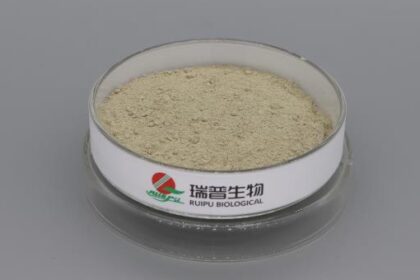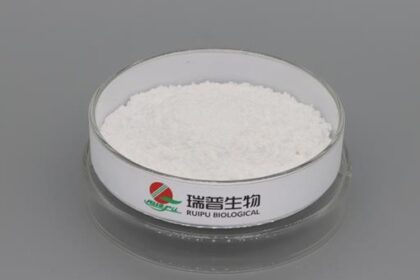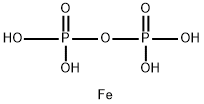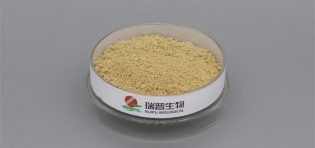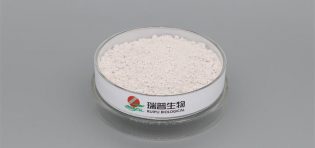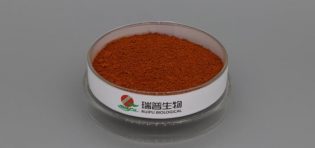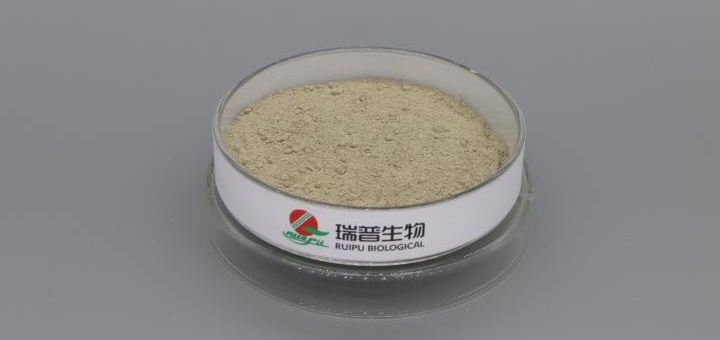
Ferrous gluconate, a commonly used oral iron supplement primarily indicated for the treatment of iron-deficiency anemia, requires a comprehensive pharmacoeconomic evaluation encompassing clinical efficacy, cost-effectiveness, safety, and societal value. This evaluation aims to assess its rationality and optimization potential in healthcare resource allocation.
I. Balancing Clinical Efficacy and Cost: Basic Benefit Analysis
Cost-effectiveness of Efficacy vs. Dosage: Ferrous gluconate contains approximately 12% elemental iron, lower than ferrous sulfate (20%). However, it causes less gastrointestinal irritation and is better tolerated, making it particularly suitable for children, pregnant women, and individuals with sensitive gastrointestinal tracts. From the perspective of "cost per effective therapeutic dose," although higher doses of ferrous gluconate are required to deliver the same amount of elemental iron as ferrous sulfate, its discontinuation rate due to adverse reactions is only 1/3 to 1/2 that of ferrous sulfate. This reduces indirect costs such as repeat medication purchases and follow-up visits due to treatment interruptions. For example, in the treatment of iron-deficiency anemia in pregnant women, the continuous treatment rate with ferrous gluconate exceeds 80%, compared to 50%-60% with ferrous sulfate. Higher compliance shortens the overall treatment cycle and reduces total expenditure.
Short-term vs. Long-term Cost Comparison: Untreated iron-deficiency anemia can lead to complications such as fatigue, weakened immunity, and fetal growth retardation, increasing subsequent treatment costs (e.g., anti-infective drugs, nutritional support). Ferrous gluconate, through its stable iron-supplementing effect, can normalize hemoglobin levels within 8-12 weeks, significantly reducing the risk of complications. Studies show that patients using ferrous gluconate have a 40%-50% lower rate of anemia-related complication visits within 6 months compared to those with unstandardized treatment, indirectly saving healthcare resource consumption.
II. Safety and Indirect Costs: Economic Value of Reducing Adverse Reactions
Reducing Medical Expenditures from Adverse Reactions: Common adverse reactions to oral iron supplements include nausea, vomiting, and constipation, which may require discontinuation or medical intervention in severe cases. Ferrous gluconate has a significantly lower incidence of gastrointestinal side effects than ferrous sulfate (approximately 10%-15% vs. 30%-40%), reducing additional costs from managing adverse reactions (e.g., antiemetics, laxatives, or outpatient visits). In primary care settings, this advantage alleviates patients’ economic burdens and reduces the strain on community healthcare resources.
Hidden Benefits of Improved Quality of Life: Fewer adverse reactions not only enhance treatment experience but also reduce work inefficiency or absences due to discomfort. For example, adult patients using ferrous gluconate experience 1-2 fewer days of absence monthly due to anemia symptoms and drug side effects. Calculated by average daily wages, this generates significant hidden economic benefits, particularly for the working population, where such "time cost savings" hold substantial societal value.
III. Cost-Effectiveness Differences Across Treatment Scenarios
Cost Comparison Between Prevention and Treatment: In populations at high risk of iron-deficiency anemia (e.g., pregnant women, infants), ferrous gluconate demonstrates a higher cost-effectiveness ratio when used for preventive iron supplementation. For instance, low-dose ferrous gluconate (30-60mg elemental iron daily) during pregnancy reduces the incidence of iron-deficiency anemia from 30%-40% to below 10%, avoiding the high costs of later intravenous iron therapy (e.g., iron sucrose) for severe anemia (single intravenous iron treatment costs approximately 5-10 times that of oral iron).
Competitive Advantages Over Other Iron Agents: Compared to intravenous iron preparations, ferrous gluconate has lower procurement costs (approximately 1/20 to 1/10 the cost per 100mg elemental iron) and requires no professional medical personnel for administration, making it suitable for primary care and home self-management. For mild to moderate iron-deficiency anemia, oral ferrous gluconate is the most cost-effective option; intravenous iron is only used as a substitute for severe anemia or oral intolerance. This stratified use optimizes overall healthcare expenditures.
IV. Societal-Level Pharmacoeconomic Value
Cost Efficiency in Improving Public Health: Iron-deficiency anemia is a critical global public health issue, particularly in developing countries, affecting population quality and labor productivity. Ferrous gluconate, due to its low cost, accessibility, and ease of use, is suitable for large-scale population interventions (e.g., school or community iron supplementation programs). For example, promoting preventive ferrous gluconate supplementation in children reduces the risk of anemia-related cognitive developmental delays by approximately 15% per dollar invested, which in the long term enhances population quality and reduces social welfare expenditures.
Contribution to Sustainable Health Insurance Funds: As a Class A drug under medical insurance, ferrous gluconate has a high reimbursement rate and low out-of-pocket costs for patients, improving treatment accessibility. Its low cost and high compliance help control insurance expenditures while effectively reducing long-term complication costs due to anemia, positively contributing to the sustainability of health insurance funds.
Ferrous gluconate’s pharmacoeconomic advantage lies in its "balanced cost-effectiveness": although its per-dose elemental iron cost is slightly higher than high-content iron supplements, the indirect cost savings from its safety and compliance (e.g., reduced adverse reaction management, higher treatment success rates, lower complication risks) make it more cost-effective in most scenarios. Especially in preventive use, primary care, and large-scale population interventions, its accessibility and low usage barriers further amplify its societal value, making it a preferred option for iron-deficiency anemia that balances efficacy, safety, and economics. Future optimizations, such as sustained-release formulations to reduce dosing frequency or combination with adjuvants like vitamin C to enhance bioavailability, could further improve its pharmacoeconomic performance.

